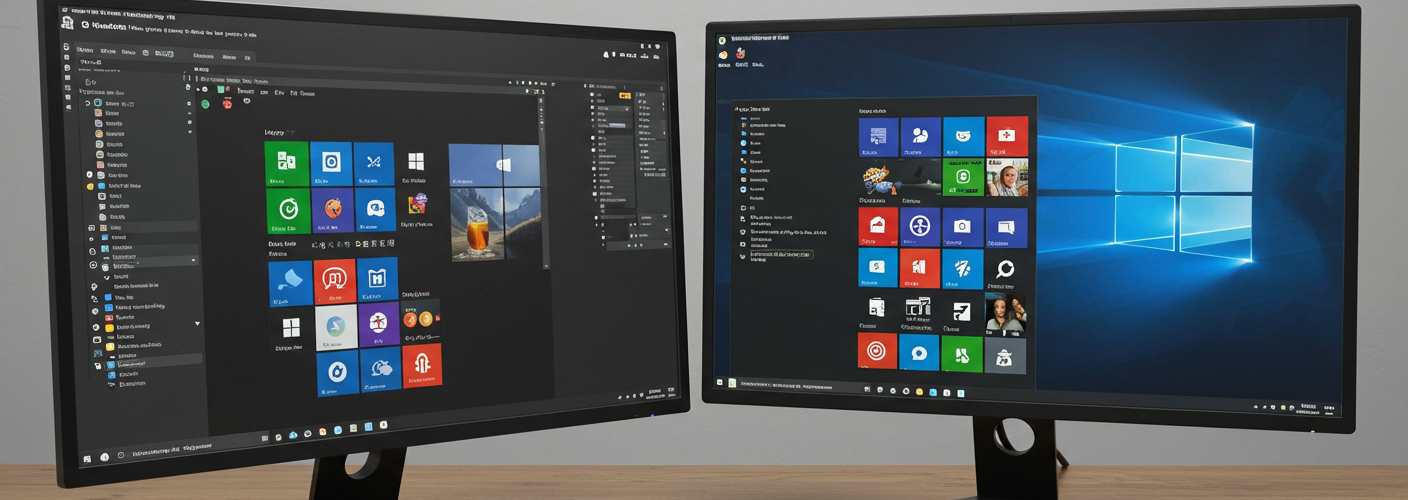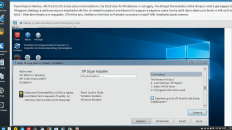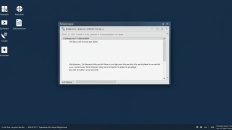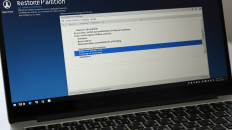Can My Notebook Run Windows 11?
If you’re currently running Windows 10 smoothly on your notebook and are curious about upgrading to Windows 11, you’re not alone. Many users are pondering whether their existing hardware can accommodate the newer operating system, especially when their current setup works well for tasks such as studying and playing visual novels. Let’s take a closer look at your notebook’s specifications and see how they stack up against Windows 11’s system requirements.
Understanding Windows 11 Requirements
Microsoft’s Windows 11 comes with certain hardware requirements that are essential for optimal performance. Here are the key specifications your computer must meet:
- Processor: 1 GHz or faster with at least two cores on a compatible 64-bit processor or System on a Chip (SoC).
- RAM: A minimum of 4 GB of RAM.
- Storage: At least 64 GB of available storage.
- Firmware: UEFI, Secure Boot capable.
- TPM: Trusted Platform Module (TPM) version 2.0.
- Graphics Card: DirectX 12 compatible graphics / WDDM 2.x.
- Display: >9” with HD Resolution (720p).
With these requirements in mind, let’s see how your notebook’s specifications compare.
Your Notebook’s Specifications
- Processor: Intel Celeron 6305 1.80GHz
- Graphics: Intel UHD Graphics (128MB)
- RAM: 12GB (8GB + 4GB)
- Storage: 256GB SSD + 512GB external HD
Compatibility Analysis
- Processor: Your Intel Celeron 6305 is a dual-core processor that runs at 1.80GHz. While it meets the basic clock speed requirement and has two cores, it is not listed among the officially supported processors. This could be a potential roadblock for running Windows 11.
- RAM: You have 12GB of RAM, which comfortably exceeds the minimum requirement of 4GB. This is great news, as more RAM will aid in multitasking and running applications smoothly.
- Storage: With a 256GB SSD and additional 512GB from an external hard drive, you have more than sufficient storage space. Windows 11 requires at least 64GB, so you’re well within this requirement.
- Graphics: Your Intel UHD Graphics supports DirectX 12, and while it might not be the most high-performance GPU, it should handle visual novels and basic tasks quite well. However, it would be best to ensure it supports WDDM 2.x, to meet Windows 11 requirements fully.
- UEFI and TPM: Here, things get a little tricky. Windows 11 requires UEFI firmware with Secure Boot and TPM 2.0. If your device does not have features for UEFI and TPM, this could prevent installation regardless of other specifications being met.
Conclusion
In summary, while your notebook has sufficient RAM and storage and a decent processor for casual usage, its ability to run Windows 11 is questionable due to the Celeron 6305’s lack of inclusion on the compatible processor list and potentially missing UEFI and TPM requirements.
If your primary tasks include light usage such as playing visual novels and studying, Windows 10 continues to be a reliable operating system for your needs. However, if you’re set on upgrading to Windows 11, you may want to consult your manufacturer’s specifications or seek assistance to confirm UEFI and TPM capabilities.





Add comment